I have a .NET application that uses Entity Framework as its ORM. After running the application for a few hours, the application becomes unresponsive when the garbage collector runs and eventually starts to log "Out of Memory" errors.
I took a dump of the application and it mentions that that the EntityClient Objects are taking 95% of the memory.
On digging deep into references I see :
Can someone help me with why these EntityConnection objects are living forever? From the application point of view, we are not even creating these objects in the code. The framework might be creating these.
Sorry, but I am a .NET novice :( Any help is appreciated.
Thanks.

